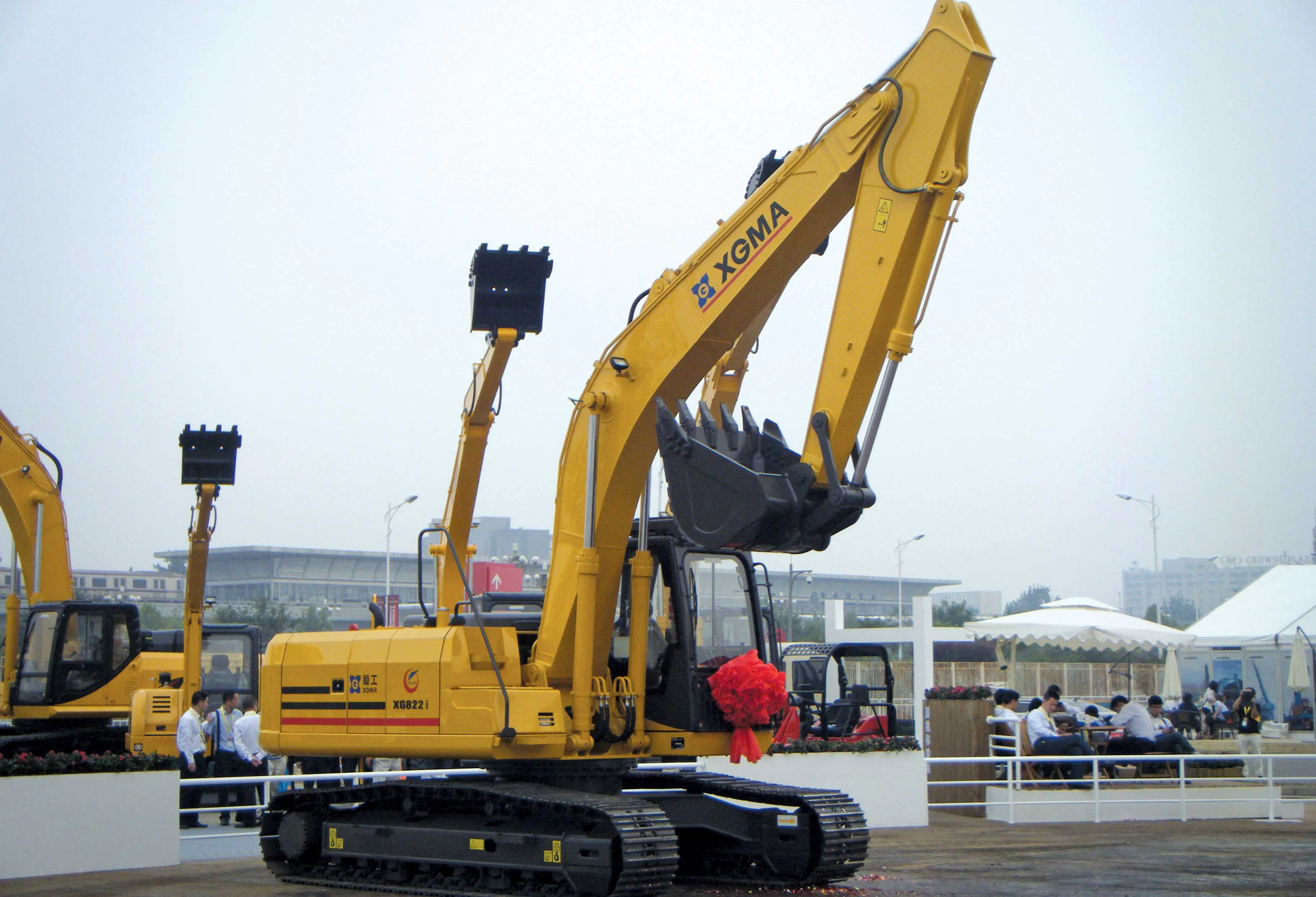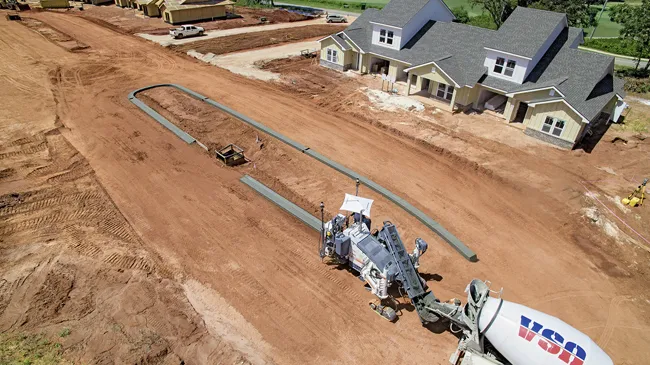XCMG’s RP952 paver and XP262 compactor are said to be playing a leading role in the reconstruction and expansion of the busy Hohhot-Baotou section of the Beijing-Tibet Expressway. The major project within north China’s Inner Mongolia autonomous region began in the summer of 2011. It was deemed crucial due to the Hohhot-Baotou section suffering from constant traffic jams, sometimes said to be stretching up to 100kms. The new eight rather than four-lane section of the Beijing-Tibet Expressway is due to open t
June 24, 2013
Read time: 2 mins

The major project within north China’s Inner Mongolia autonomous region began in the summer of 2011. It was deemed crucial due to the Hohhot-Baotou section suffering from constant traffic jams, sometimes said to be stretching up to 100kms. The new eight rather than four-lane section of the Beijing-Tibet Expressway is due to open to the public in August 2013.
The XCMG machines, like others involved in the works, have had to work through harsh winters. XCMG says that various Chinese media use terms such as “frozen expressway” when referring to the Hohhot-Baotou section of the Beijing-Tibet Expressway during wintertime.
XCMG says it has provided a whole set of construction solutions for the project which they say have performed excellently, drawing praise from members of the project team. Meanwhile, an XCMG RP953E paver is a key machine in the Chishui-Wangmo Highway construction project in Guizhou province, south west China.
The Chinese firm claims the model is the “masterpiece” of its three large paver model series as well as a key machine within its road construction model portfolio for 2013. XCMG said its latest road construction machines have achieved a “great breakthrough” in seven key and core technologies through independent research and learning from the experience of designing previous machine models.









